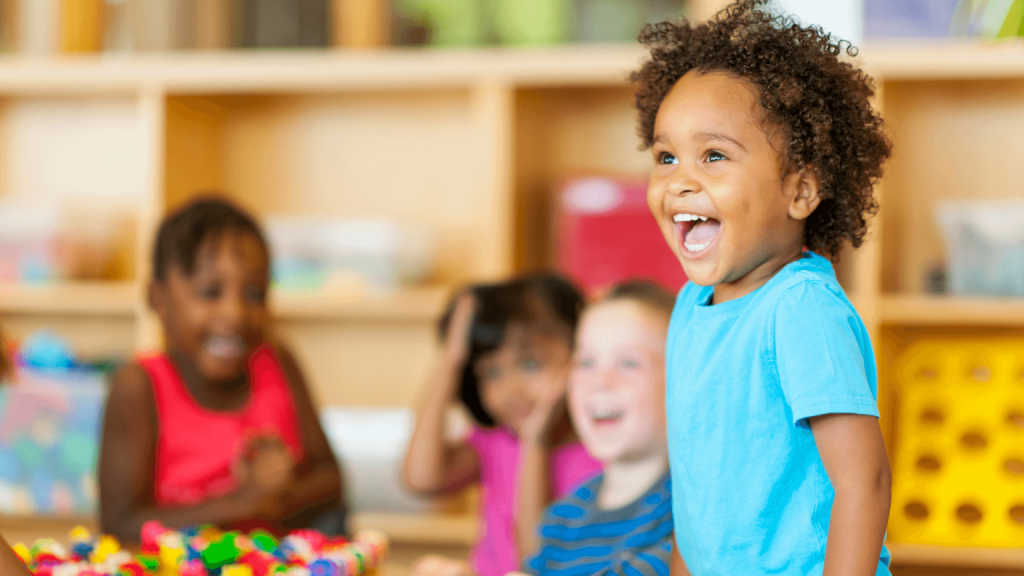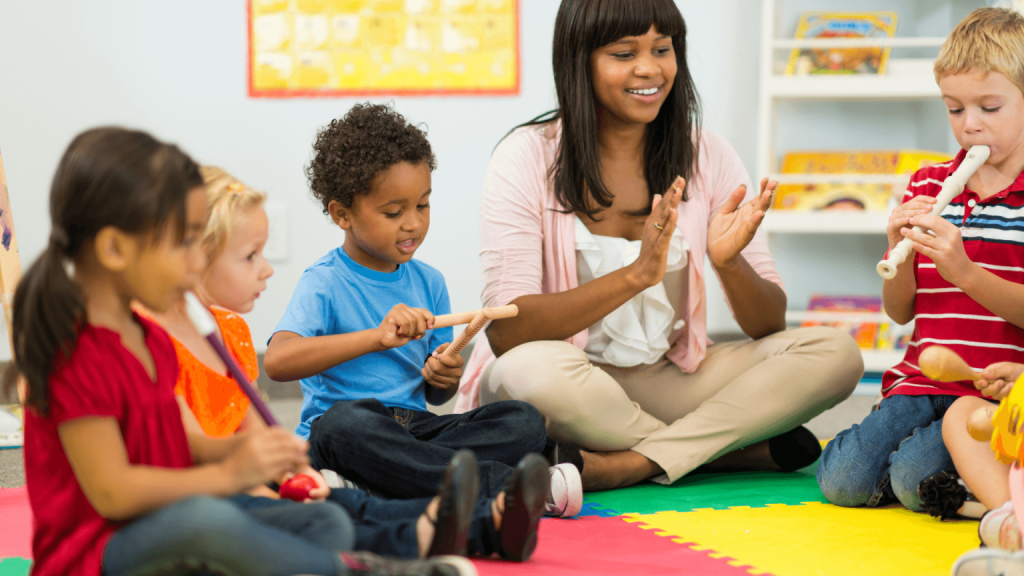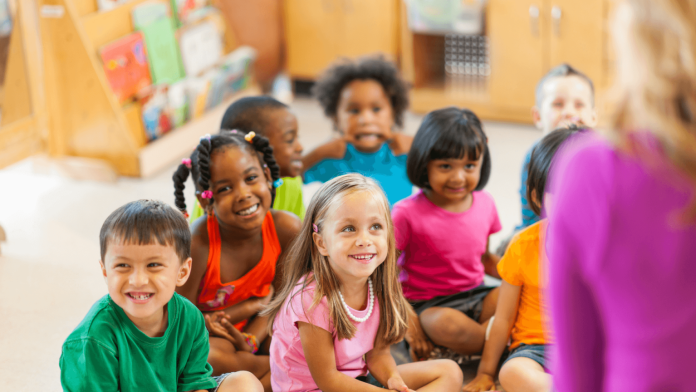Children’s speech, language, and communication skills are key areas of growth and development. Throughout our lives, language plays an essential part in aiding us in understanding what is going on around us, communicating our basic wants and feelings, holding discussions, thinking and learning, developing relationships, solving problems, and many other tasks. They also help create many other development elements, including cognitive, social, and literacy development, among others.
According to some research, more than half of children entering reception had language levels below what is expected for their age in some places. Since the onset of the COVID-19 pandemic, this statistic has almost certainly worsened, as language development has regressed for many children, causing them to fall further behind their peers.
Both parents and early childhood educators have the potential to make essential contributions to the improvement of children’s language development and outcomes.
What Does Normal Language Development in Preschool Look Like?
There are four major components to the development of speech and language:
- Phonetics and phonology are the studies of how to pronounce speech sounds and the comprehension of the laws that govern how sound sequences occur in a language.
- Semantics is mastering vocabulary and comprehending how concepts translate onto words — for example, does the term “dad” refer to any male figure? Or any man with a beard, for that matter? Or is it just one particular individual?
- Syntax and morphology are the rules for ordering words in phrases (for example, a verb is generally placed second rather than last) and how to change things like tense, voice, and number – for example, is the plural of sheep ”sheeps” – are discussed.
- Pragmatics is the study of social conventions for language communication, such as tailoring your language to the person with whom you are conversing, taking turns speaking, and remaining on the subject.

Additionally, we must learn about nonverbal communication – such as facial expressions, gestures, and tone of voice – and how it interacts with the words we’re expressing.
Learning how to communicate effectively is a difficult task. Children are programmed to be able to accomplish this, but they require a great deal of assistance from adults to get started on their learning journey.
Furthermore, information from a genuine human being must be direct and face-to-face, as preschoolers will not acquire language successfully via television or computer games, even if they are labeled as “educational.”
Therefore, the more you communicate with a child and encourage them to use their language, the more progress they will make in their development.
To understand what normal language development looks like, we utilize milestones. This is a more accurate way of measuring than comparing one child with another because every child is different. Understanding each developmental milestone can assist you in selecting the most appropriate techniques to help a kid with their speech and language development.
Communication and Language Development in the Early Years Foundation Stage

he Early Years Foundation Stages (EYFS) can also be used to assess the development of a child or newborn if you work in the early childhood education and care sector. The following are the early learning objectives for communication and language:
- Listening and attention – including the ability to distinguish between sounds and retain and monitor attention in a shared context – are essential, as is the ability to predict significant events in the story.
- Understanding – first and foremost words in context, then phrases, and eventually increasingly complicated sentences, together with queries such as “how” and “why.”
- Speaking – being able to convey their feelings, needs, and wishes, as well as their thoughts, ideas, and memories from the past and pretend play events.
The expectation is for children to attain these objectives by reaching the age of 5. Inspectors from the Office for Standards in Education will examine whether early years practitioners are employing suitable ways to assist youngsters in developing their communication and language abilities.
What Is the Significance of Speech and Language Development?

Providing a solid basis on which they can build their academic careers. Children must first develop their speech and language skills before learning to read. Language is the primary means through which information is passed from teachers to students and how knowledge is learned and comprehended by students.
The preceding means that children’s early vocabulary is a predictor of their subsequent educational success, particularly reading comprehension and decoding. Vocabulary sizes that are smaller in the early years are associated with lower academic success later on.
The development of language skills is highly crucial to a child’s entire development — for example, it aids in the growth of cognitive skills.
It facilitates the formation of friendships among children. They are more likely to have meaningful interactions with those around them if they can communicate effectively.
It makes it easier for them to articulate their requirements, which reduces frustration (and, in turn, tantrums or outbursts).
Children are better able to make sense of the world around them than adults. Language is intertwined with our ideas and the way we view the world — when we can articulate what is going on around us in words. We are better able to comprehend what is going on around us.
Consequently, it is critical to do everything to assist the children and babies in your care to strengthen their communication and language skills as much as possible.
Takeaways

Developing a child’s ability to speak and read is an essential element of their overall growth. It enhances your child’s ability to communicate and express their feelings. It also aids your child’s ability to think critically and build and maintain friendships.
Children’s ability to read and write is built on their foundation of language development as they begin school and continue their education. In the classroom and throughout their lives, students need to communicate effectively to learn and grow. As a result, improving one’s language abilities is critical to a child’s future success as a social person and student.
Children’s literacy and language development are inextricably intertwined. The connection between the two is natural since children develop and hone the abilities necessary to grasp how language works before they can read words and recognize symbols.
Additionally, children discover that speech patterns and symbols are significant during their preschool to school age, laying the groundwork for language and literacy development. A child’s ability to later succeed in reading relies heavily on their ability to develop language.
However, there are various reasons why children’s language skills are delayed, resulting in inefficient vocabularies that put them at a disadvantage compared to their classmates. For this reason, it is essential to provide adequate and age-appropriate training to children during the crucial years of language and literacy acquisition.




